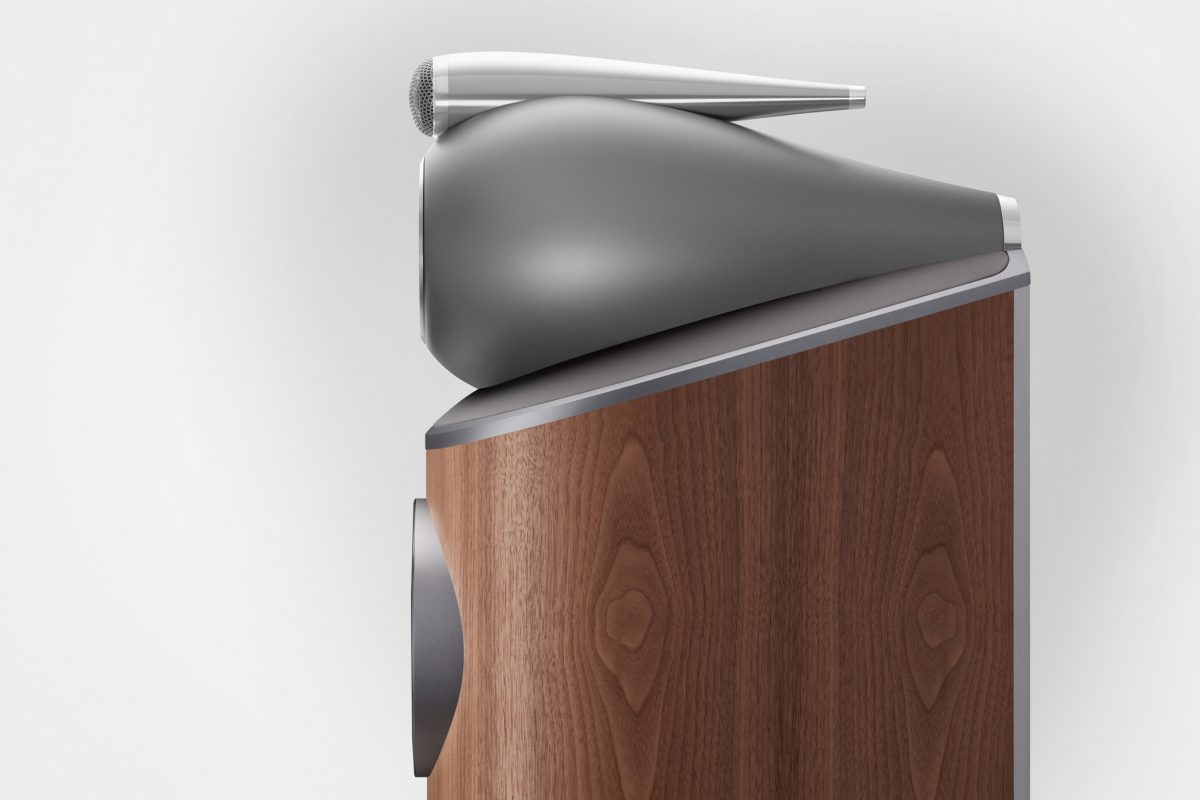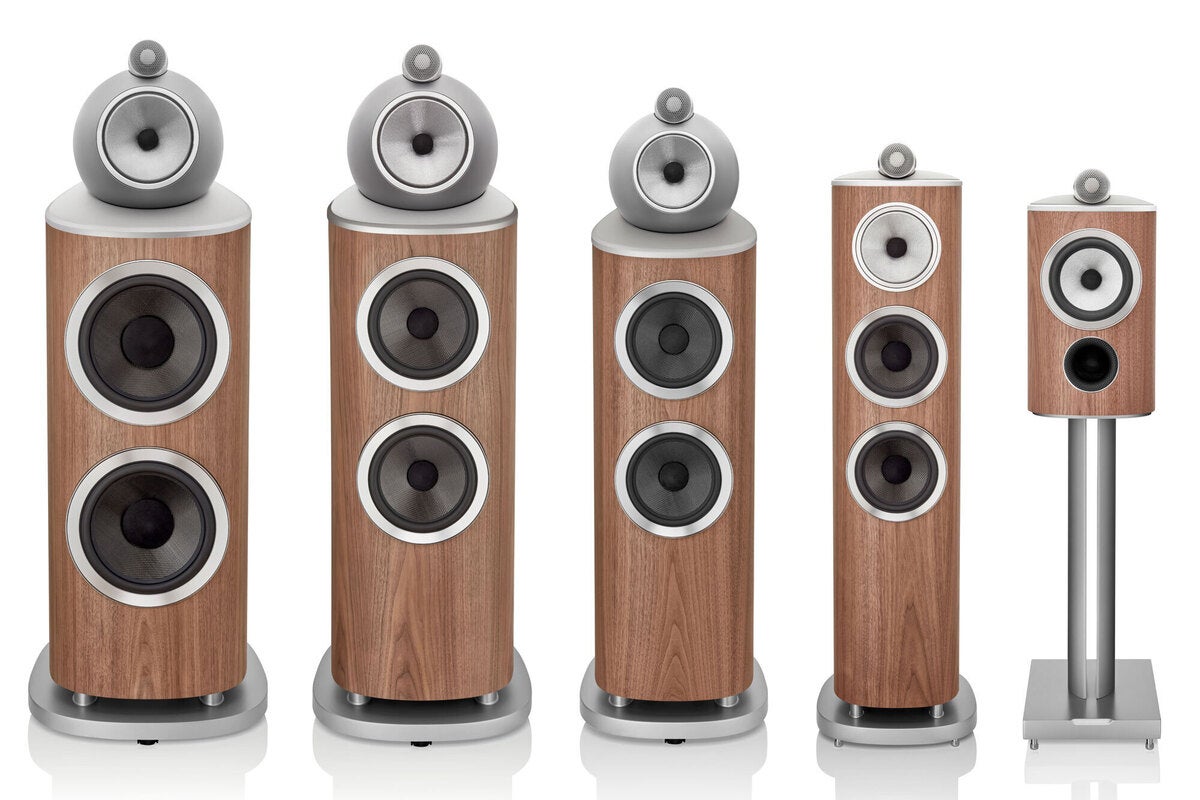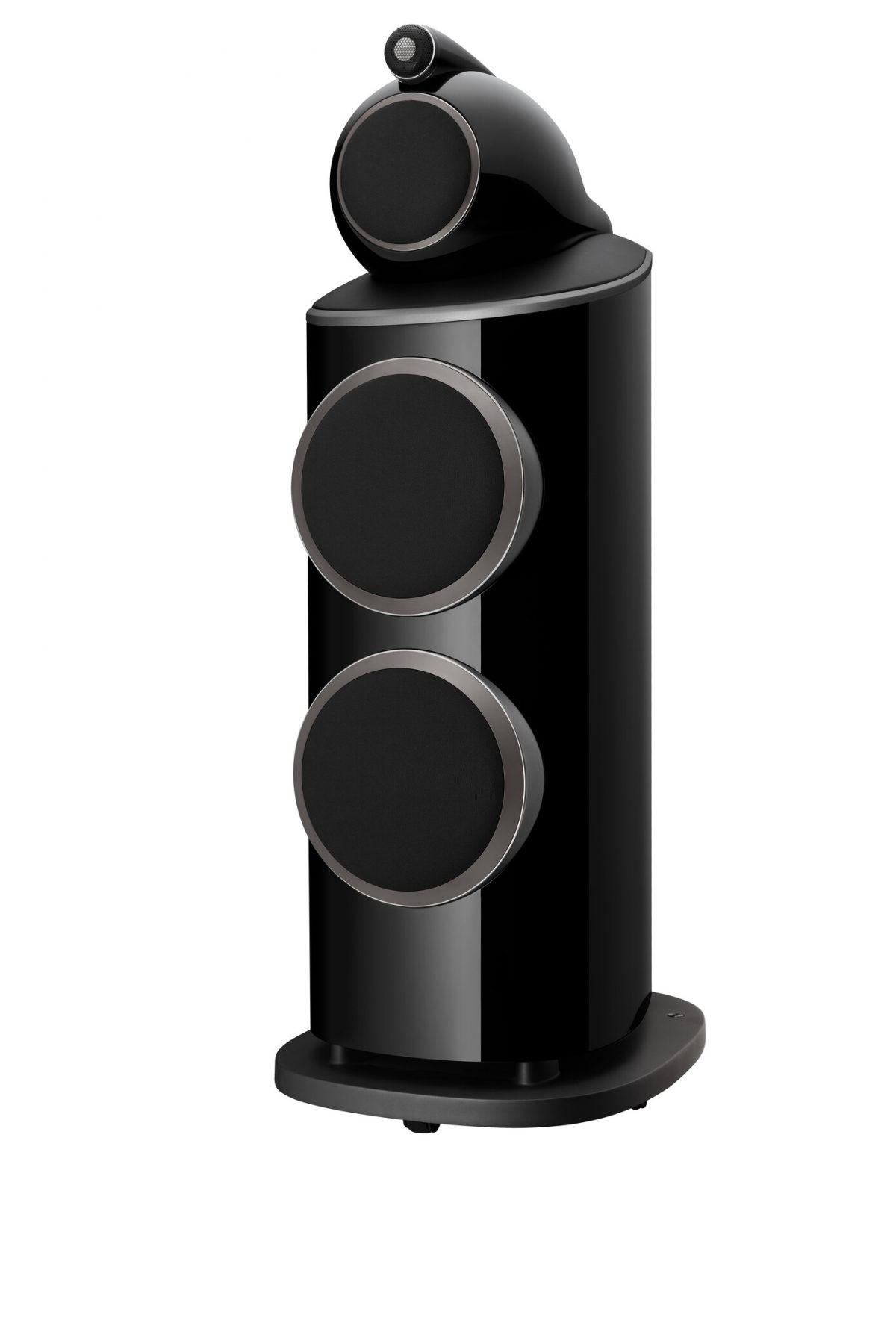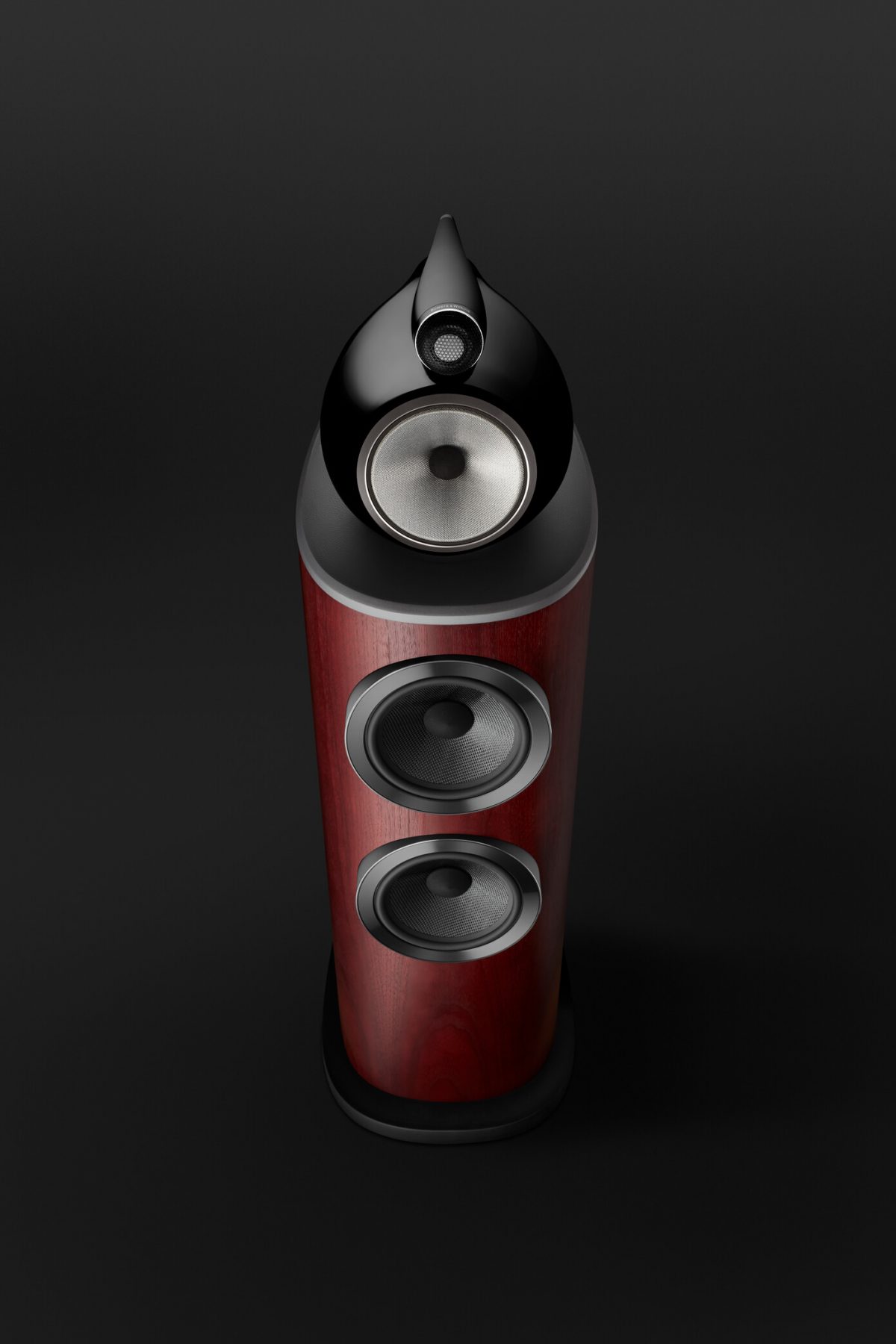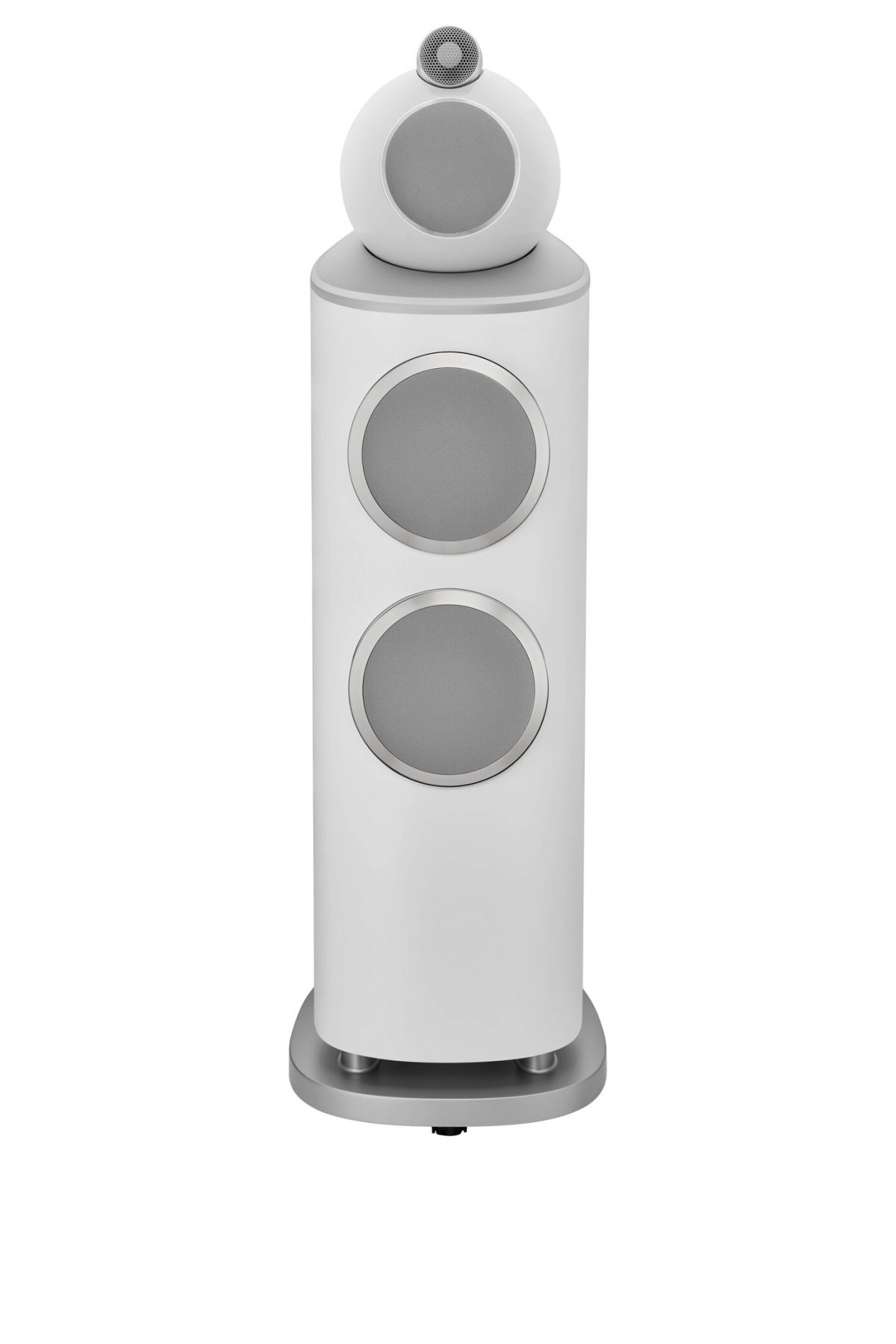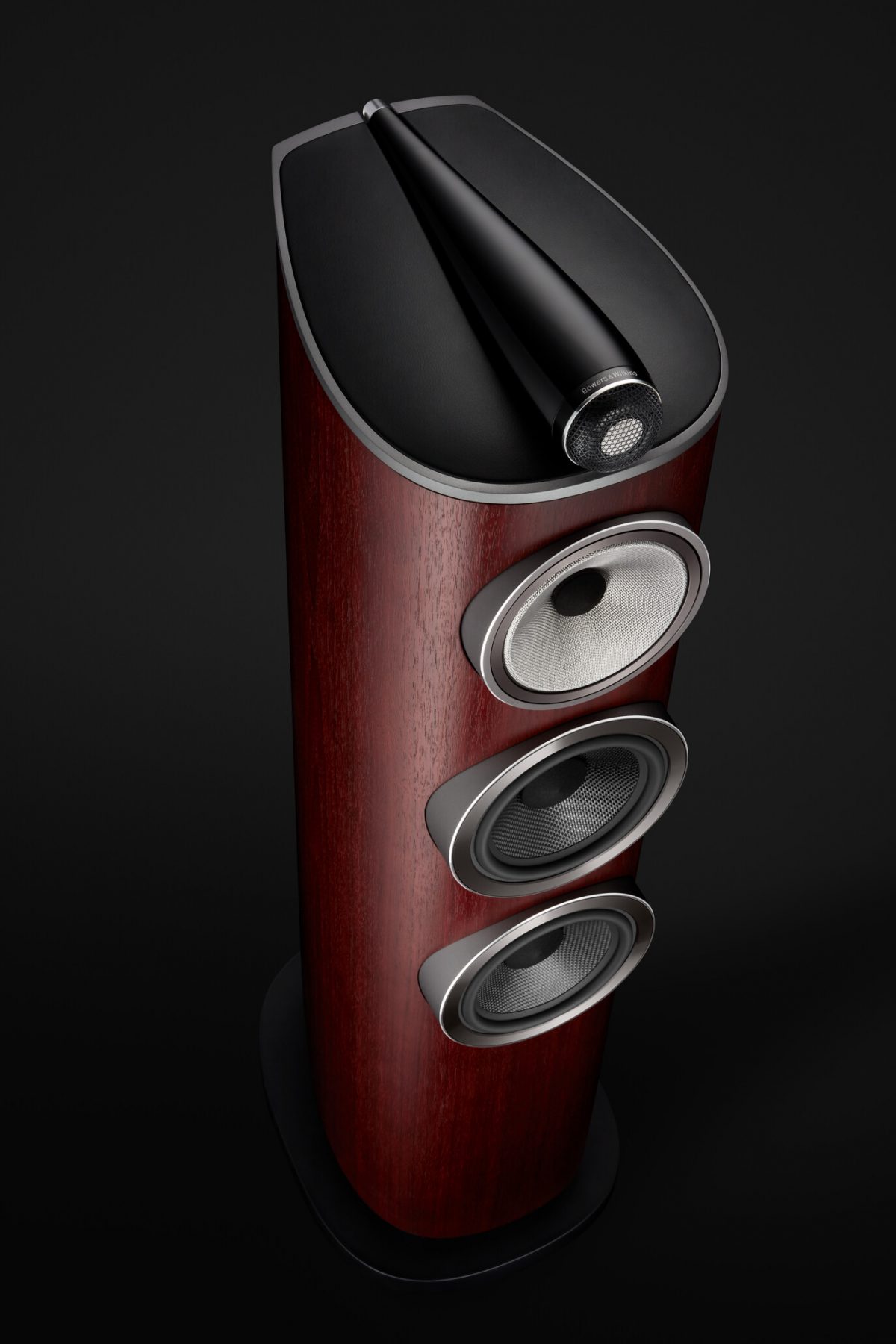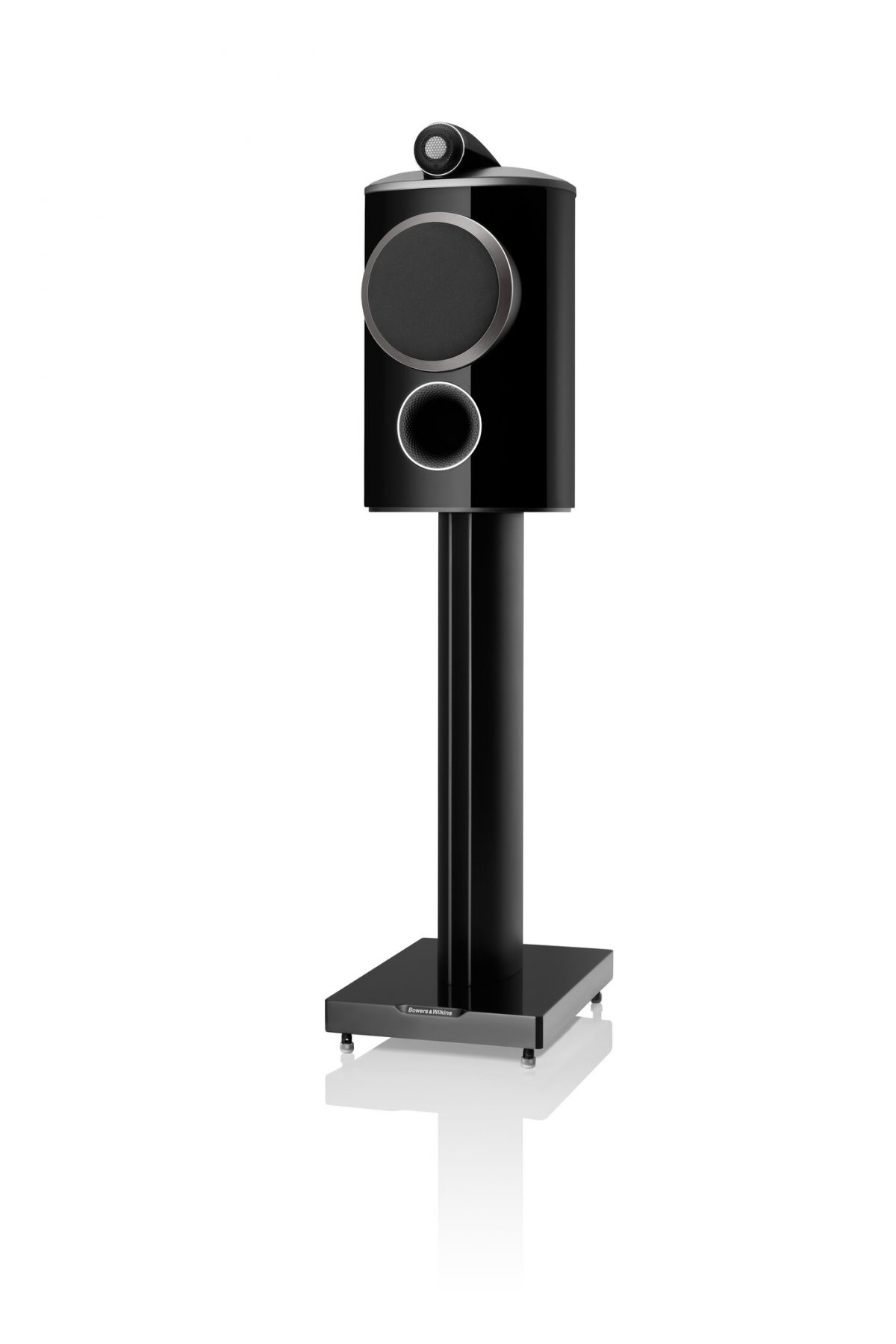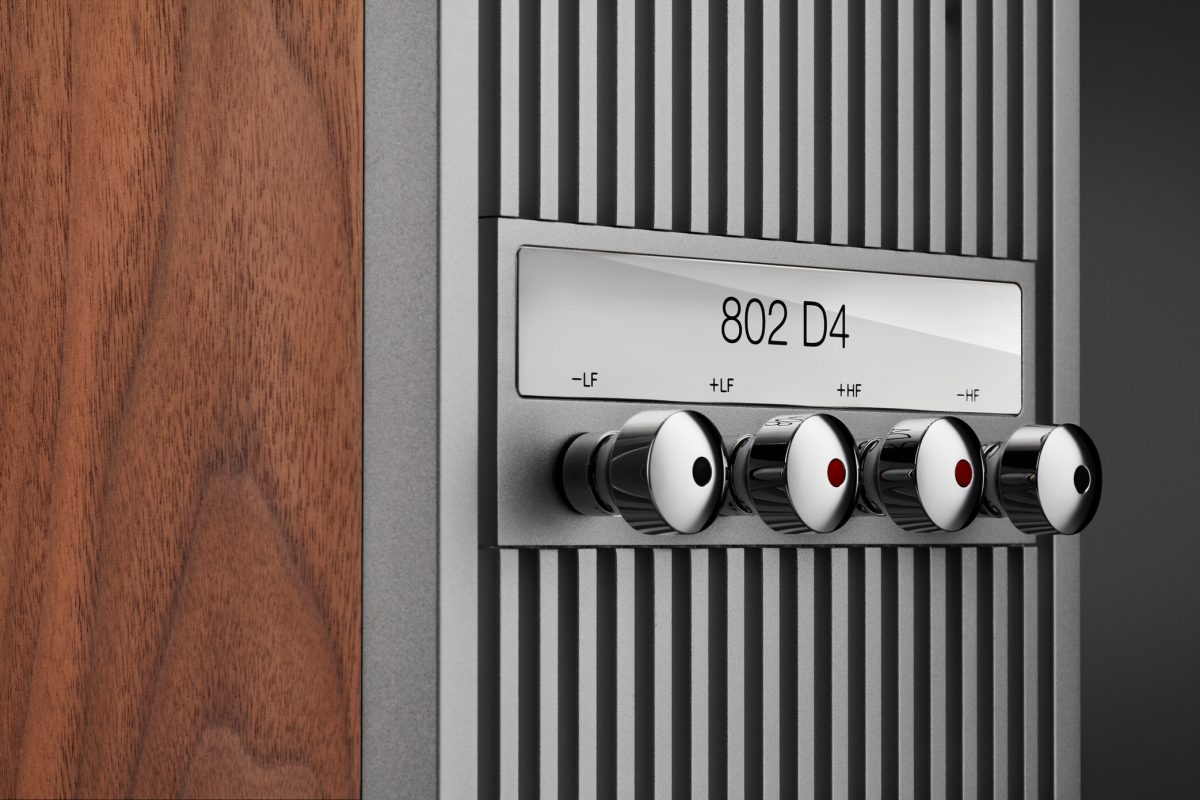800 D4 Series: New technologies, the details
Continuum™ Cone, FST & Biomimetic Suspension
The result of an eight-year research programme, the composite Continuum Cone – used for both midrange and mid/bass applications – is already famed for its open, transparent, and neutral performance. When used as a midrange drive unit in Bowers & Wilkins floorstanding speakers, it is always combined with our Fixed Suspension Transducer (FST) midrange technology, which carefully avoids the coloration that traditional cone surrounds can introduce. Now, Bowers & Wilkins has combined the twin benefits of Continuum and FST with an all-new advance that transforms the other key element of a drive unit’s normal operation: the fabric spider. Over decades of continuous development to nearly all areas of speaker design, the fabric spider, a key element in the suspension of every conventional loudspeaker drive unit, has remained largely unchanged – until now. The all-new composite Biomimetic Suspension replaces the conventional fabric spider with a minimalist composite suspension system that revolutionises midrange cone performance by greatly reducing unwanted air pressure – aka sound – that a conventional fabric spider can generate, removing its unpredictable, non-linear effects. The result is unprecedented midrange transparency and realism.
Decoupled Midrange & Turbine™ Head
Bowers & Wilkins combines all the performance-enhancing benefits of its Continuum Cone, FST midrange technology and Biomimetic Suspension with careful isolation of the complete midrange assembly from the rest of the surrounding cabinet. In all three-way models, midrange drive units include a highly stiff all-aluminium chassis featuring Tuned Mass Dampers (TMD) to quieten any resonance. These complete drive units and motor systems are then isolated on sprung-mounted decoupling mounts, further restricting the flow of vibration into the assembly. Finally, 803 D4, 802 D4 and 801 D4 include the massively stiff all-aluminium Turbine Head enclosure for their midrange drive units, providing not only an outstanding acoustic form but also even better isolation – since the head assembly is itself further decoupled from the bass enclosure below.The HTM81 D4 and HTM82 D4 introduce a new and similar concept but inside their cabinets: each centre-channel model now features an internal aluminium enclosure that provides a stiff, well-isolated housing for the midrange drive unit and its decoupling mechanism.
Solid Body Tweeter
To minimise the unwanted transfer of resonance into each model’s Diamond Dome tweeters, an exceptionally stiff enclosure is required. The new 800 Series Diamond introduces a revised version of the iconic Solid Body Tweeter housing; this continues to be machined from a solid piece of aluminium, but now it features an elongated form (almost 30cm/12in long) with a longer internal tube-loading system. The new Solid Body Tweeter assembly is now decoupled from the speaker body or Turbine Head (depending on model) in two locations rather than one: this notably improves spaciousness and openness. At the same time, the tweeter’s motor assembly has been re-engineered to allow the drive unit to ‘breathe’ more effectively with no loss of performance. The result is a notable reduction in the resonant frequency behind the tweeter dome.
Reverse-Wrap Cabinet & Matrix™
Matrix has been a core Bowers & Wilkins technology for more than 30 years and has also been continually developed throughout that time. An internal structure of interlocking panels that brace the loudspeaker internally in all directions, Matrix helps to make speaker cabinets rigid, inert and quiet. The 805 D4 and 804 D4 now feature the reverse wrap speaker cabinet previously reserved for the larger floor-standing 800 Series Diamond models. Each model now has a stiff aluminium plate on the inside face of its cabinet, bracing its baffle against resonance. Inside, both models also feature updates to their Matrix bracing, with thicker panels made from solid plywood rather than the previous MDF, reinforced by aluminium bracing sections. Every stereo model in the range also features the new cast aluminium top replacing the previous wooden design, dramatically increasing the rigidity of the speaker enclosure. As before, drive units are housed in stiff aluminium pods mounted to the baffle of the speaker while crossover units are fitted to equally stiff aluminium spines running up the rear of the cabinet. Finally, 801D4 introduces a steel plate in its base section around the port – again, all in the name of adding stiffness to the enclosure and further quietening its operation.
Aluminium Plinth
The 804 D4 now joins the other floor-standing models in the 800 Series Diamond range by offering a downwards-firing Flowport bass port, exiting on to a new, stiffer solid aluminium plinth complete with a constrained layer steel damping sheet designed to offer a rock-solid foundation and to control unwanted resonance. The 804 D4 also has greatly upgraded spikes and feet, with huge M12 spikes that are both more stable and stiffer than the outgoing M6 designs.803 D4, 802 D4 and 801 D4 use the same arrangement of downwards-firing Flowport, solid aluminium plinth and constrained layer steel damping, but retain the wheel-plus-spike configuration introduced in 2015, making each model far easier to manoeuvre to the perfect listening position than any rival design.
Aerofoil™ Cone
The result of advance computer modelling, the Aerofoil Cone is a composite bass cone with a varying thickness designed to offer maximum stiffness where it is most needed while preserving a low mass – thanks to its carbon-fibre skin and light syntactic foam core.
